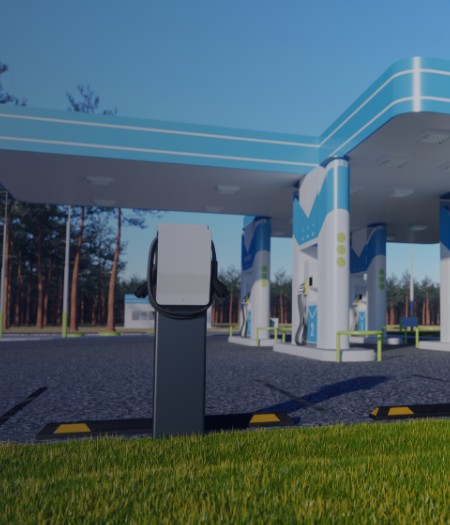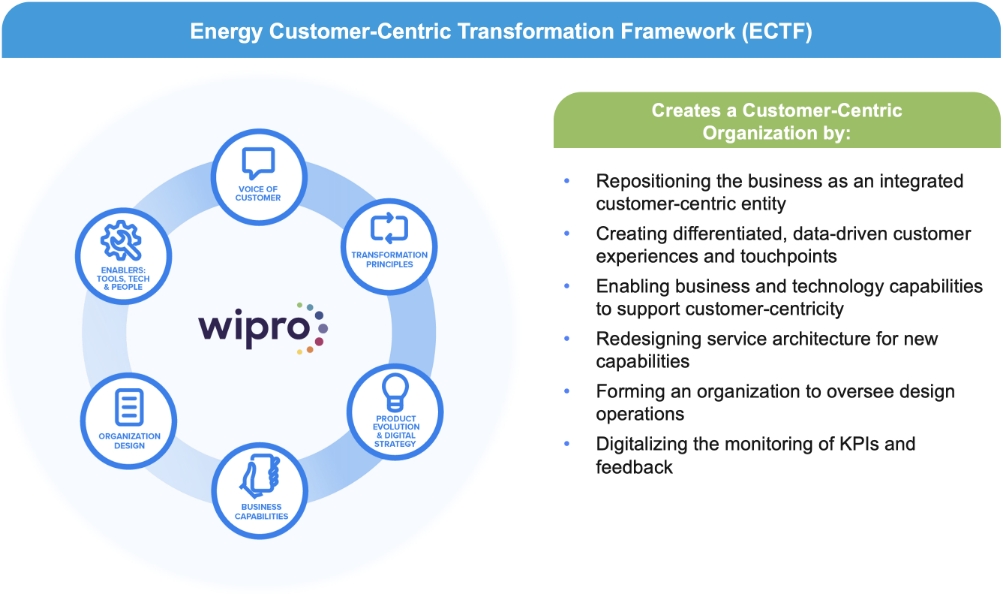By 2050, more than half of global transport vehicles will be powered by electricity and hydrogen. This inevitable reality will completely reshape the business landscape for today’s oil and gas retailers, and the transition will be much more complicated than just replacing gas pumps with EV plugs. Energy retailers will increasingly seek to attract next-generation customers by orchestrating the optimal mix of hydrogen, other renewable energy products, EV charging, and fossil fuel products and combining those offerings with new revenue streams that go far beyond just convenience retail.
As oil and gas retailers consider the renewables-dominated future, they know that an enhanced customer experience will be key to attracting retail fuel customers, building new revenue streams, and preserving their market share.
Historically, oil and gas retailers didn’t need to think much about the customer experience. They competed for customers in terms of price, location, and to some extent fuel quality, but at the end of the day a gas station was a gas station. In recent years, energy retailers have become much more sophisticated when it comes to customer experience — for example, by building loyalty engines that can enable data-driven, personalized rewards — but all have much more work to do. As retailers with an oil and gas heritage diversify beyond their traditional hydrocarbon products, they will find themselves overlapping with industry domains like pure retail, utilities, and auto manufacturing. Eventually, their underlying supply chain and business model may shift to the point where they also become the retail arms of other sustainable fuel producers and wholesalers. These trends are all pointing in one direction: energy retailers will need to pull best practices and new technologies from across the retail landscape and relentlessly pursue retail excellence.
What the Future Looks Like
In broad strokes, energy retailers have some sense of what the future will look like. As this fundamental shift kicks in, a transaction-oriented customer interaction model will shift to an experience-centric engagement model. Today’s forecourts will become tomorrow’s multiservice retail wonder-hubs offering fuel and nonfuel services in areas such as convenience retail, lifestyle, entertainment, and fine dining. These wonder-hubs will be aesthetic pleasing and digitally enabled, guided by design principles like hyper-personalization, ultra-convenience, frictionless checkout, and immersive customer experiences.
The biggest challenge will be integrating customer intelligence, technology innovation, and business transformation into cohesive new customer-centric business models. On this front, energy retailers will need a rock-solid framework that can not only discover what customers want, but also map out the necessary back-end transformations and guide the implementation of radically new customer experiences and revenue streams.
ECTF: A New Approach to Energy Retail Transformation
Transforming into a truly customer-centric organization requires careful planning and frameworks to drive change. The transformation will impact the fundamental business architecture and operational design of the company.
An Energy Customer-Centric Transformation Framework (ECTF) can play a crucial role in future-proofing energy retail business models.
Our ECTF framework treats the customer as the most important stakeholder of the business. All decisions — including how an organization builds its processes, systems, and organizational structure — is built around the customer. To this end, the ECTF framework begins by amplifying the voice of the customer. Carefully designed surveys and interviews take the customer pulse and bring in data for deeper analysis. Informal feedback is also captured from social media and by listening to customer services department call records. These customer voice insights can then be calibrated with other industry benchmarks to identify business transformation principles.
 Locations
Locations




